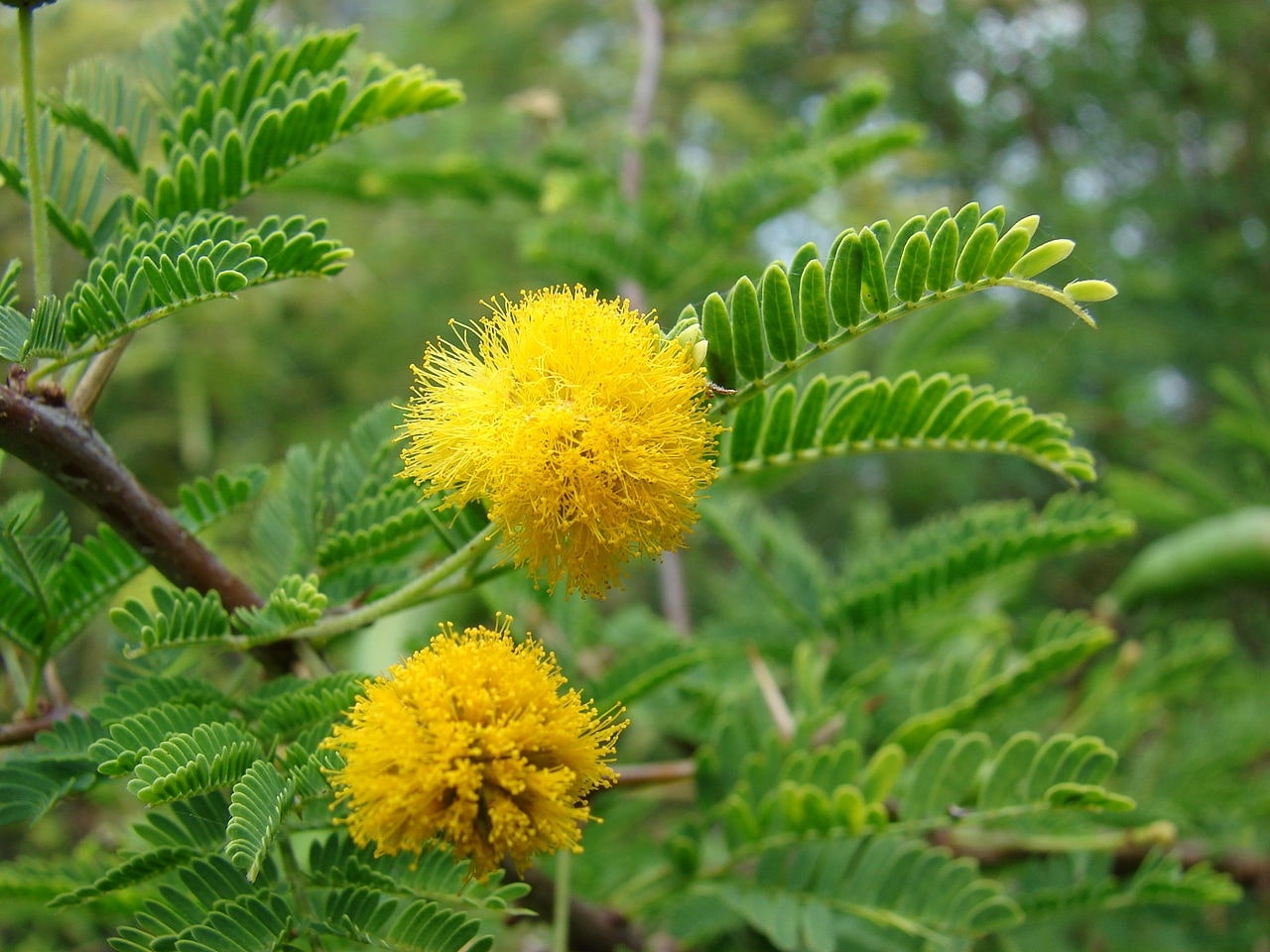
Do you sell any of the raw materials? Would you like to let our users know?
Send an email to fournisseurs@scentree.coto learn about our advertising opportunities.
Do you sell any of the raw materials? Would you like to let our users know?
Send an email to fournisseurs@scentree.coto learn about our advertising opportunities.
General Presentation
-
CAS N° : 8023-82-3
-
EINECS number : 289-655-3
-
FEMA number : 2260
-
Density :
-
Optical rotation : Donnée indisponible
-
Allergens : This ingredient does not contain any allergen.
-
Refractive Index @20°C : Donnée indisponible
-
Volatility : Heart
-
Price Range : Donnée indisponible.
-
Appearance : Brown viscous liquid
Uses
Other comments :
Be aware that Cassie Absolute should not be mistaken with Mimosa Absolute. Both products are issued from very similar trees (botanically).
Beware of adulterations, this absolute can be modified with Mimosa Absolute or by adding Isoeugenol and/or Blackcurrant Base.
The botanical name ''farnesiana '' comes from the Farnese garden, located in Rome
Stability :
Good stability
Uses in perfumery :
Cassie Absolute has scent similar to Mimosa but it is greener, deeper and heavier. It is also distinguishable thanks to its watery cucumber undertones, its leathery notes and its anisic facets. Its use is thus close to the Mimosa Absolute. The powdery note characteristic of Mimosa is slightly lower in Cassie Absolue. It should be used in green and leathery formulas as well as to bring deepness to an accord. Note that the combination of Cassie Absolute and Heliotropine has led to the creation of a famous base, the Cassione.
Major Components :
- Linoleic acids (30%)
- Amyrin-alpha (15 - 20%)
- Ethyl linoleate (4 - 10%)
- Ethyl linolenate (6 - 10%)
- Benzyl linoleate (1%)
- Benzyl linolenate (2%)
- Benzyl alcohol (0,5 - 4,5%)
- Methyl salicylate (3 - 6%)
- Nonadecan (6%)

Photo credits: ScenTree SAS
Botanique :
Vachellia farnesiana (L.) Wight & Arn.
Synonyms : Mimosa farnesiana L. // Acacia farnesiana (L.) Willd.
Chemotypes :
There are only two varieties of Acacia used in perfumery:
Acacia delbata: Known as Mimosa (Mimosa Absolute / Mimosa Concrete), native to Australia but mainly cultivated in France.
Acacia farnesiana : or Mimosa de Farnese - (Cassie Absolue / Cassie Concrete), with a deeper and greener smell than the 'classic' mimosa
It is very easy to distinguish the two varieties since the Cassie has mucrons (thorns), while the mimosa does not have.
Extraction process :
The small yellow flowers of the tree are harvested and then extracted with solvents to give a Cassie Concrete. After the extraction process, the Cassie Concrete is almost solid and has a dark black to brown color. However, it is generally not used in this form. It is then washed with alcohol to remove the waxes and obtain Cassie Absolute. This absolute is more liquid and has a brown color.
It is also possible to extract the flowers by enfleurage, but this method is rarely used.
Geographic origin :
Data not available.
Regulations & IFRA
-
IFRA 51th : This ingredient is restricted by IFRA
Annexe I :
Some regulated synthetic ingredients are found in nature and in certain proportions in natural ingredients. This presence in nature has to be taken into account when calculating limits of use recommended by the IFRA. In case you do not know these concentrations, you can use the ones estimated by the IFRA. Here they are :
| List of regulated compounds contained in this ingredient | ||
|---|---|---|
| Regulated ingredient name | CAS N° | Estimated Concentration |
| p-Methoxybenzaldehyde | 123-11-5 | 1 |
| p-Methoxybenzaldehyde | 123-11-5 | 0,4 |
| Benzaldehyde | 100-52-7 | 0,3 |
| Benzaldehyde | 100-52-7 | 0,3 |
| Citral | 5392-40-5 | 0,03 |
| Eugenol | 97-53-0 | 0,06 |
| Geraniol | 106-24-1 | 1 |
| Geraniol | 106-24-1 | 0,3 |
| Benzyl salicylate | 118-58-1 | 0,03 |
| Benzyl benzoate | 120-51-4 | 0,05 |
| Benzyl alcohol | 100-51-6 | 2,7 |
| Benzyl alcohol | 100-51-6 | 1 |
| Anisyl alcohol | 105-13-5 | 0,8 |
| Anisyl alcohol | 105-13-5 | 0,2 |

